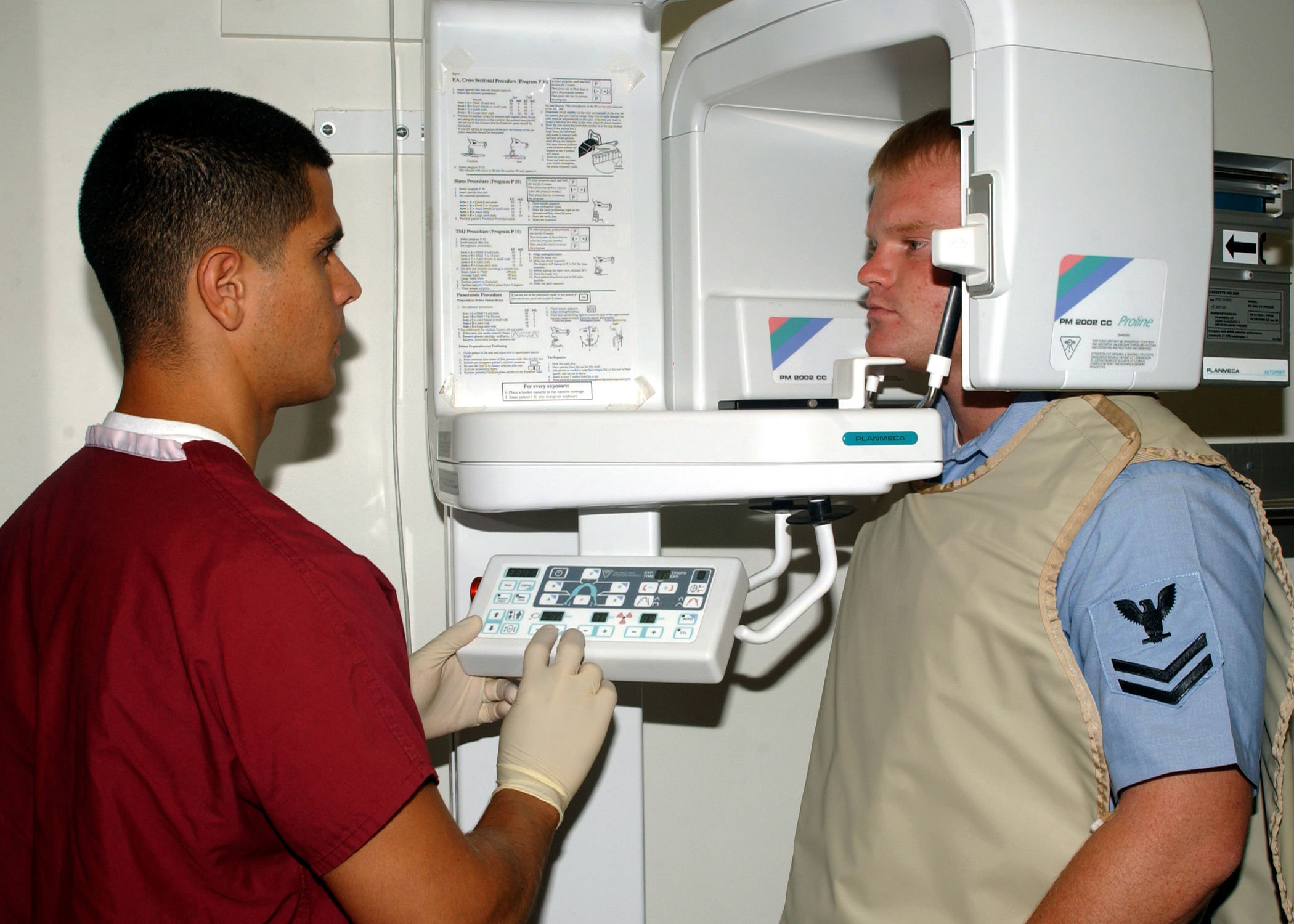
http://upload.wikimedia.org/wikipedia/commons/6/6b/Dental_X-Ray.jpg
| Home | Project Title | Introduction | Background | Benefits | Research | Conclusion | References |
Wilhelm Roentgen, a German physicist, discovers the X-ray in 1895. In 1896, C. Edmond Kells, a New Orleans dentist, takes the first dental X-ray of a living person in the United States (American Dental Association, 1995-2009). In the mid-1980s, the first digital X-ray sensor used in dentistry was introduced by Francis Mouyen. In the year 1990, digital radiography was introduced in the United States through the consent of the Food and Drug Administration (FDA). Through the introduction of various electronically readable digital detectors or sensors, there was a rapid development in digital radiography. Now, a great number of digital intraoral radiographic systems are available and are classified into two major groups. These groups are called the direct and indirect radiographic systems. The system that uses a sensor based on charge couple device (CCD), which can be used as memory devices and is slower than RAM, is the direct system. CCD is a semi-conductor device in which semi-conductor components are connected so that the electrical charge at the output of one device provides the input to the next device. On the other hand, the indirect system uses photostimulable phosphorplates (PSP) which is also known as an image plate. PSPs can be used to record a two-dimensional image of the intensity short-wavelength electromagnetic radiation (The Free Library, 2007). There are two major types of X-rays. The two major types are the intraoral radiographs and extraoral radiographs. Digital radiographs fall under the intraoral category of X-rays (Colgate, 2003).
